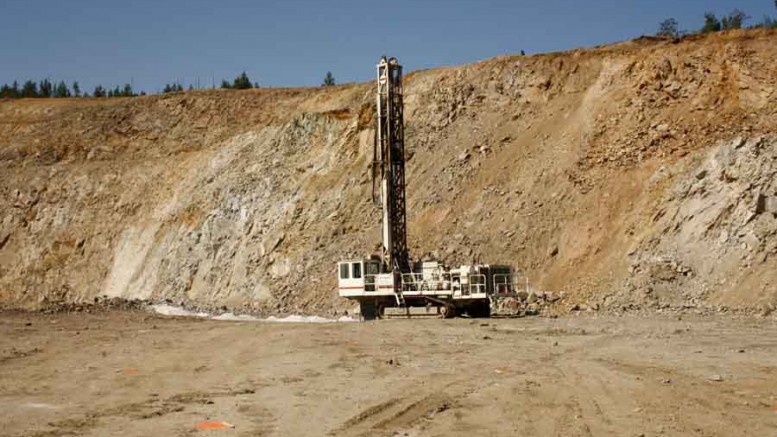Capstone Mining (CS-T) is one of those good stories in the mining world that often gets overlooked: the company went out and did what it said it would do, and now it’s reaping the benefits of two steadily producing copper mines that are beefing up an impressive balance sheet.
The latest signpost on the company’s journey are quarterly results showing it is on track to meet its production guidance of 80 million lb. copper for 2012.
Leading the charge to that target is its flagship project — the Cozamin copper-silver-lead-zinc mine in Zacatecas, Mexico — which is on track to produce 42 million lb. of the forecasted total.
Despite its undeniable wealth, Cozamin has been trending in the opposite direction of the company’s major Minto mine asset in the Yukon.
Production at Cozamin over the year has declined each quarter, with the mine producing 13 million lb. copper in concentrate in first quarter, 12.1 million lb. in the second and 11 million lb. in the third.
Minto has gone from 5.6 million lb. up to 11.6 million lb. over the same period. Combined, the two mines have turned out 63.1 million lb. copper so far this year.
The slight decline in production at Cozamin comes as the company mills ore with lower copper head grades — they came down to an average of 1.88% from 1.99% — after transitioning to the outer, lower-grade edges of the mine’s current stopes.
Capstone says head grade at the mine will continue trending lower in the fourth quarter, and likely average around 1.7% copper.
Throughput at the mine also fell slightly, but that largely resulted from the previous quarter reaching an all-time record average rate.
As for Minto, throughput averaged 3,874 tonnes per day, with grades and recoveries above second-quarter levels.
But grade at the northern mine is also expected to decrease in the fourth quarter to 1.4%. Unlike at Cozamin, however, lower grades at Minto were not expected, and resulted from an unplanned pushback to improve the stability of the west pit highwall.
Capstone says the pushback remains within its ultimate pit design, so the overall strip ratio is not expected to change.
In contrast to the open-pit Minto, Cozamin is an underground mine, with a life of nine years. The mill is processing 3,300 tonnes per day from a copper deposit with measured and indicated resources of 11.4 million tonnes grading 1.61% copper and 1.34% zinc. Forecasted cash costs at the mine for the year are between 95¢ and $1.05 per lb. copper.
With metrics that impressive, it is little wonder that the company is investing heavily in the project’s future. With a $6.5-million exploration budget for the year at Cozamin, Capstone is intent on growing its resource base. And with the current resource coming from an area that makes up only 1.5 km in strike within an overall 5.5 km strike length, there is plenty of room to get that additional tonnage.
The company has surface and underground targets for new mineralized zones, and says there is good exploration potential along strike and downdip of its existing resources. It will also begin testing parallel structures and splays off the main structure.
Funding the search for more ore won’t be a problem: Capstone has built up a balance sheet boasting US$489 million in cash, with no long-term debt.
On top of the copper, Capstone has produced 12.9 million lb. zinc, 2.4 million lb. lead and 1.3 million oz. so far this year. Its final gold production numbers weren’t available because assaying is done off-site, but it estimates it will have 11,815 oz. gold production over the first three quarters.
The success of Cozamin, which sits 3.8 km north–northwest of Zacatecas City, comes after the mine got off to a perfect start. By the time it went into commercial production in September 2007, Capstone had done its exploration, development and initial production of 350,000 tonnes per year on time and under budget.
Production at the mine was expanded by 120% within its first year of operation with all the capital needed for the expansion coming out of cash flows generated by the mine, and another expansion in 2008 saw production rise to 1 million tonnes per year.
It’s just a simple example of a company quietly going about its business, and getting things done the right way.


Be the first to comment on "Capstone: Doing it the right way"